This beautiful loricariid catfish was already scientifically described in 1941. The type locality is the drainage of the Rio Jaguaribe in the Brazilian state of Ceará in the north-east of the country. The maximum length published to date is around 13 cm (10 cm without caudal fin).
The Rio Jaguaribe is notorious for its erratic water flow. For a large part of the year, the river can be almost dry and then, almost suddenly, it can carry large volumes of water again, flooding neighboring human settlements and towns.
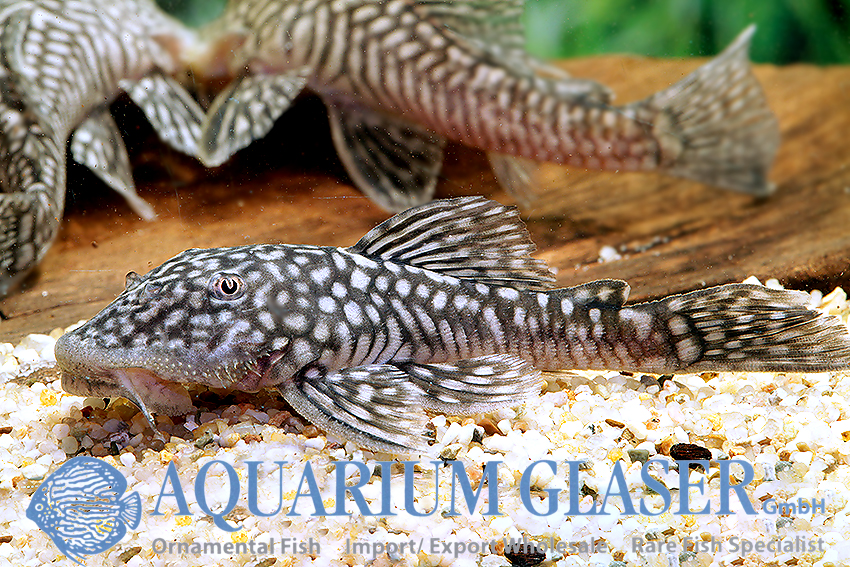
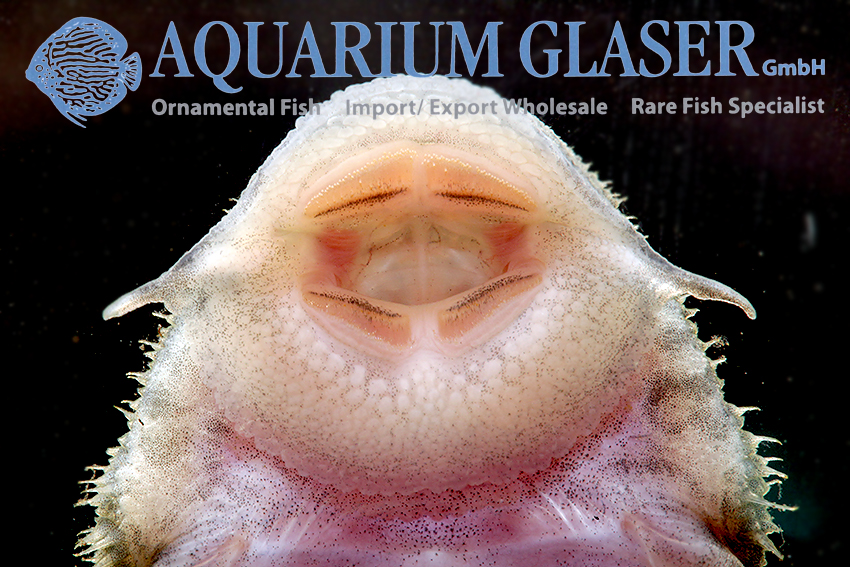
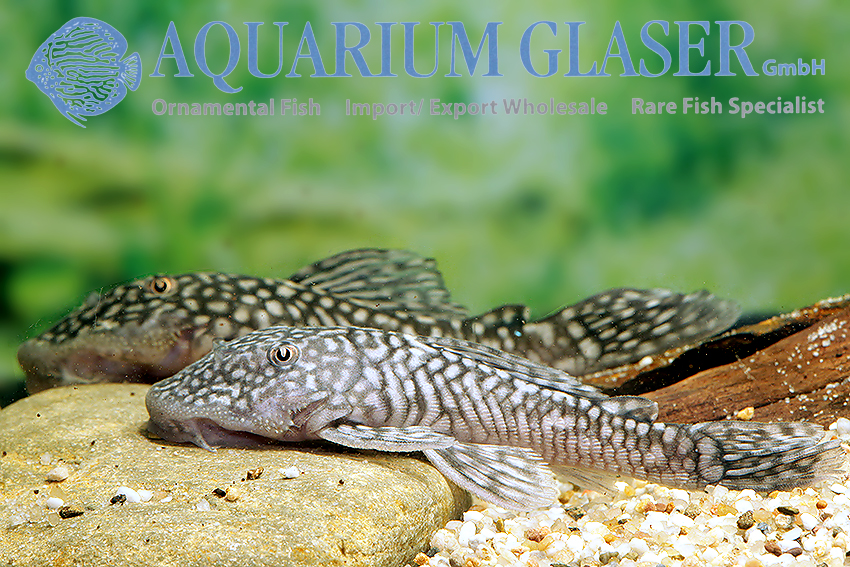
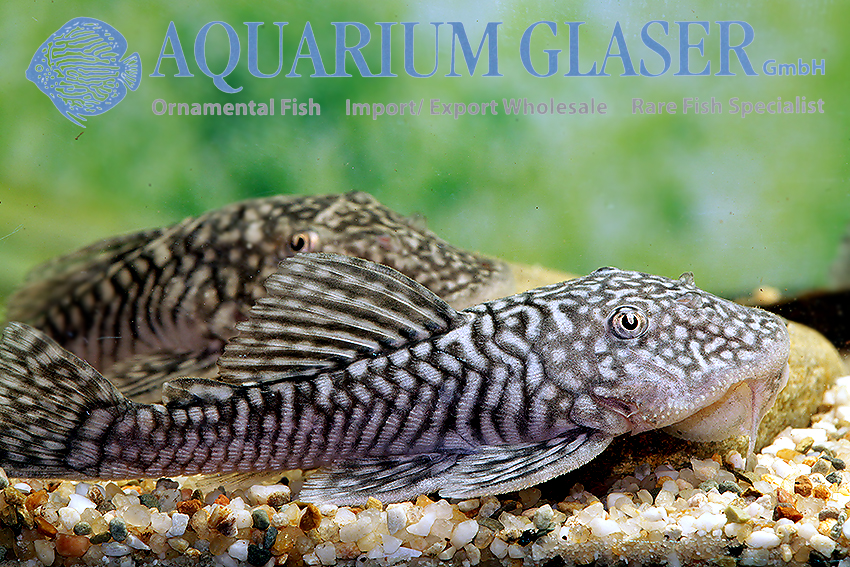
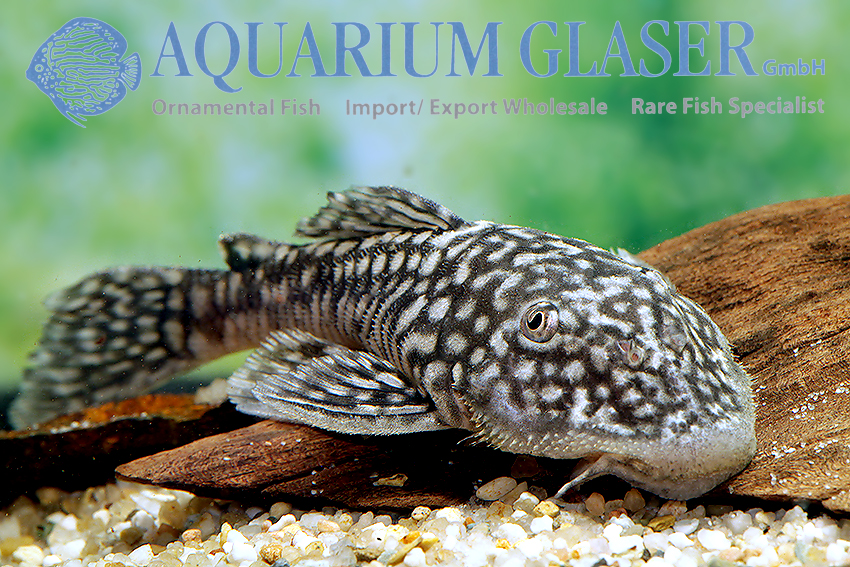
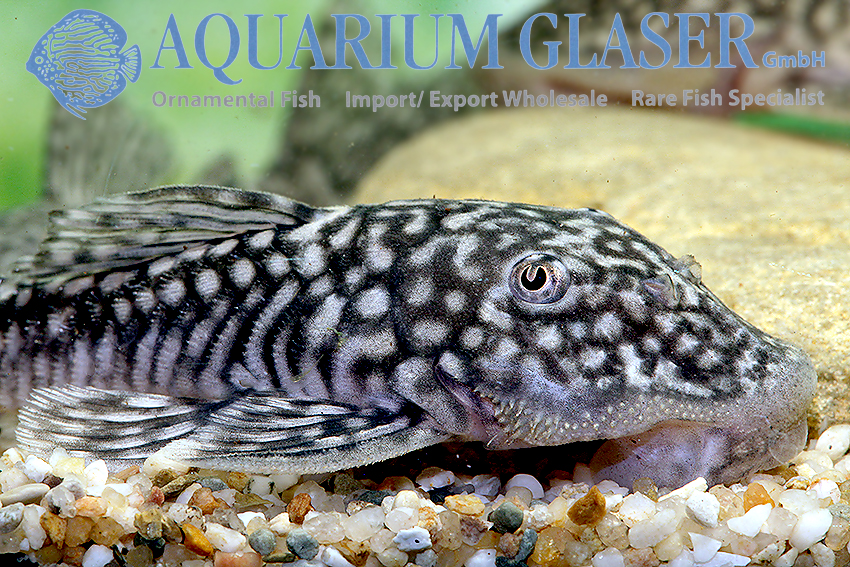
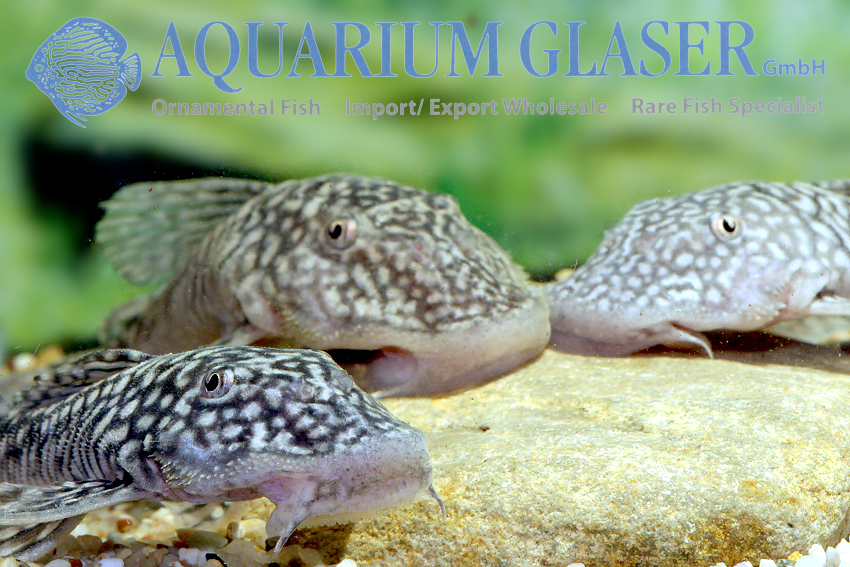
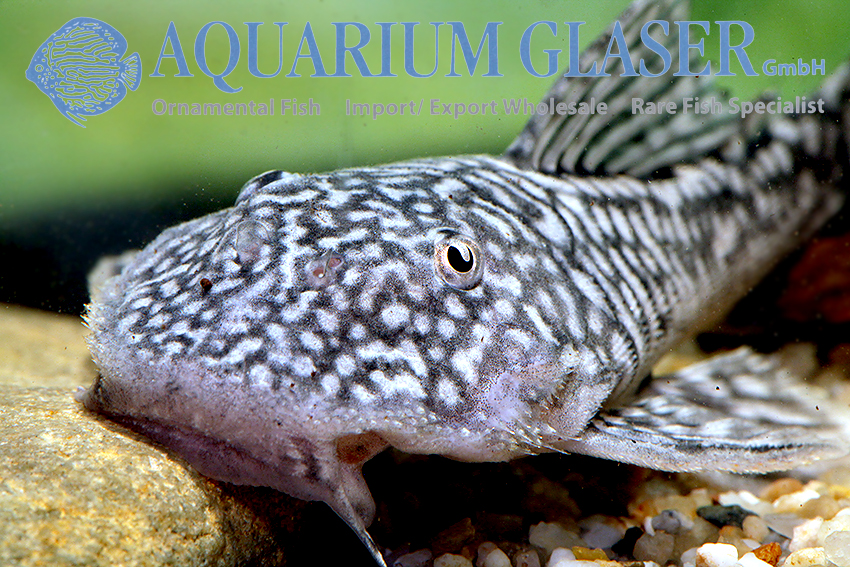
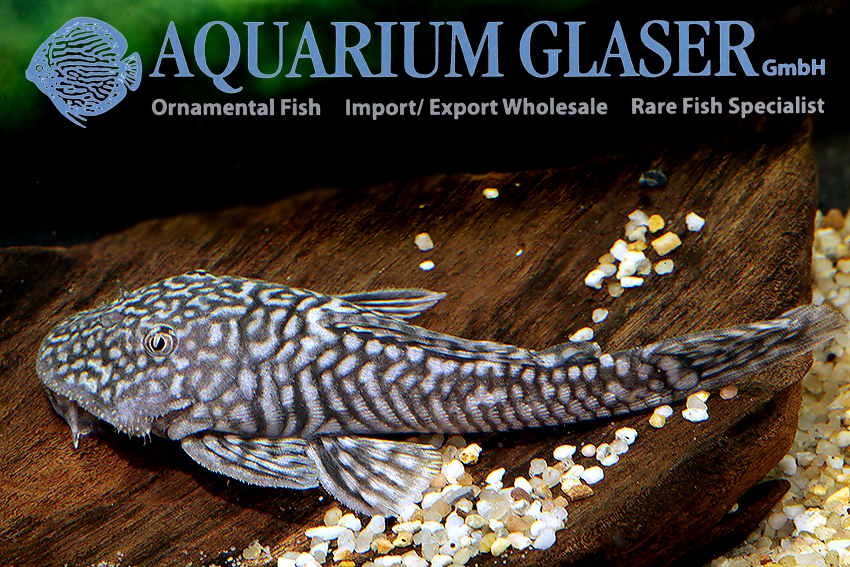
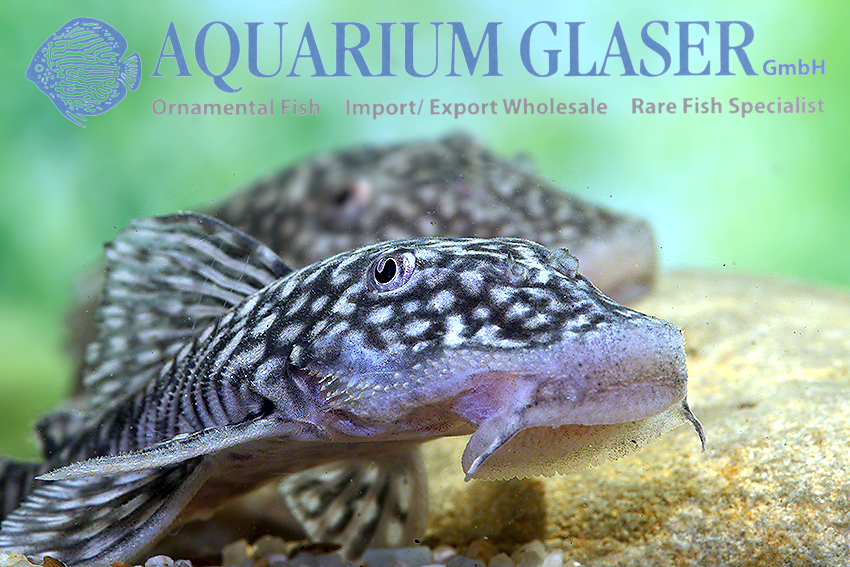
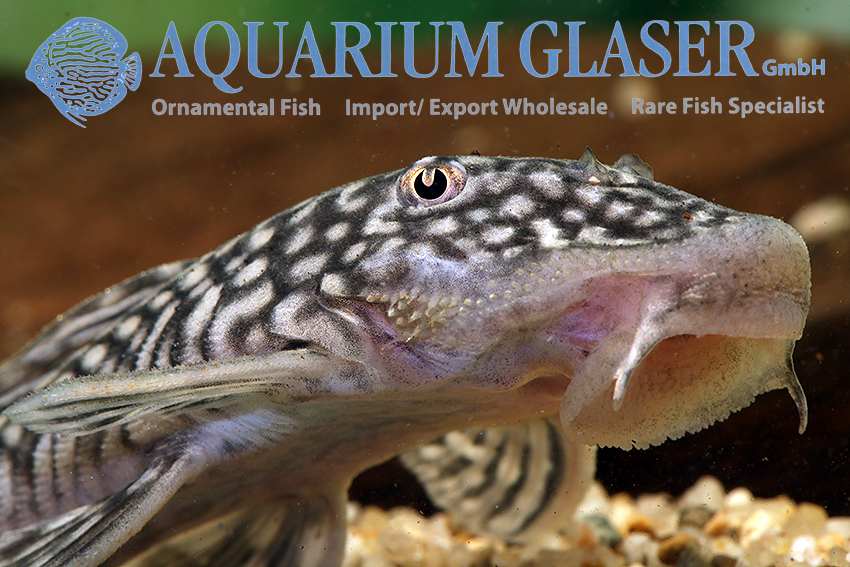
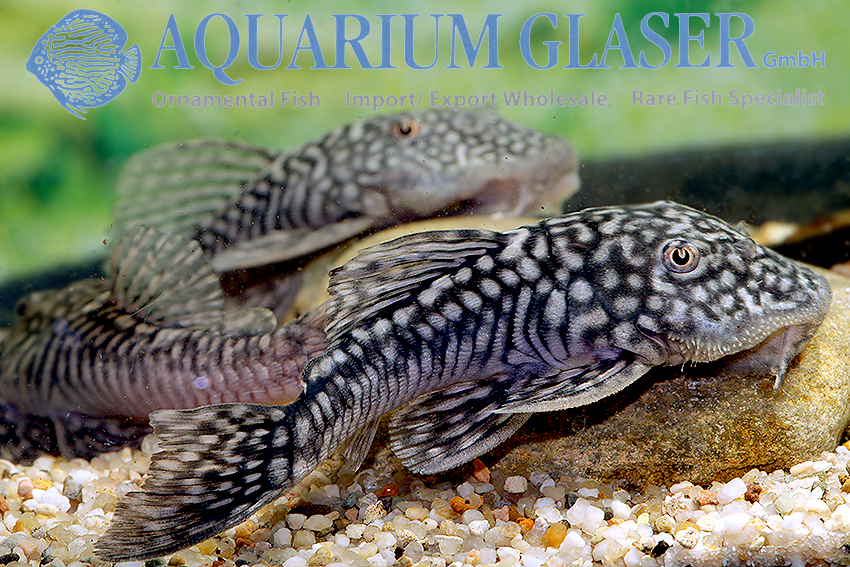
The identification of the catfish presented here as Pseudancistrus genisetiger is apparently undisputed among loricariid catfish enthusiasts. It only seems strange that in the literature (accessible and known to us) no one seems to have ever pointed out that there is an enormous similarity to the catfish known as L238/LDA40, which also originates from the north-eastern region of Brazil, but is usually assigned to the genus Delturus, which occurs much further south.
Pseudancistrus genisetiger shows – typical for the genus – spines around the snout in both sexes. According to our observations, males and females are best distinguished by the shape of the head (shorter snout in the female, best seen from above), both sexes are bearded. The very fine teeth are typical of Aufwuchs eaters, so in terms of diet Pseudancistrus genisetiger are best compared to the Ancistrus species, which are very well known aquaristically.
In terms of behavior, we noticed that Pseudancistrus genisetiger does not live as hidden as many other L-catfish, but is almost constantly visible during the day. In addition, this catfish seems to be quite social, as even in the photo tank the animals could always be found in close proximity to each other. As is usual with L-catfish, there is always some wrestling, but it is always harmless.
For our customers: the animals have code 283734 on our stock list. Please note that we only supply the wholesale trade.
Text & photos: Frank Schäfer




